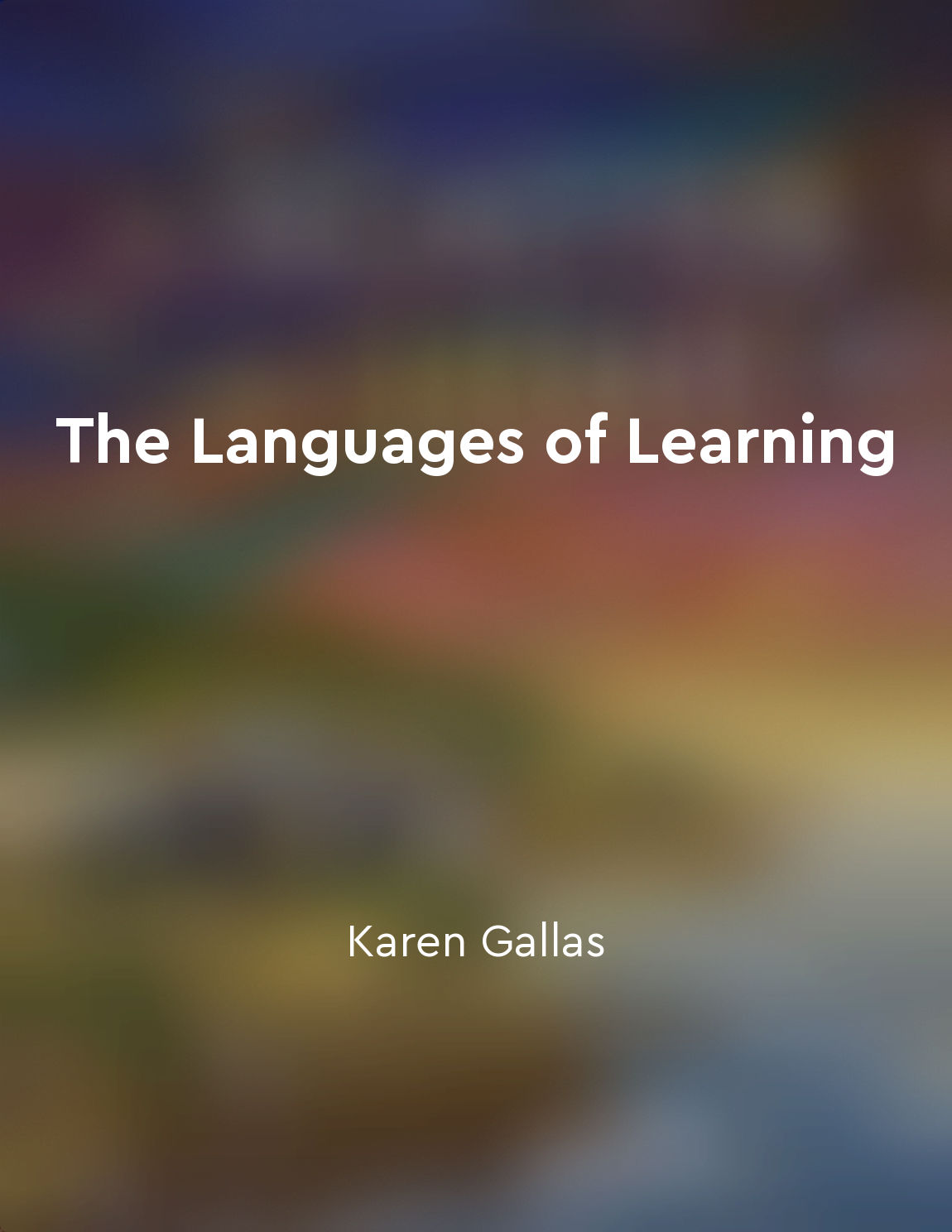Teachers must integrate children's languages of learning into their teaching practices from "summary" of The Languages of Learning by Karen Gallas
In order to truly connect with our students and facilitate their learning, teachers must be willing to embrace and incorporate the diverse languages of learning that children bring to the classroom. This means going beyond traditional modes of instruction and recognizing that each child may have a unique way of processing information and making sense of the world around them. By integrating children's languages of learning into their teaching practices, educators can create a more inclusive and responsive learning environment where all students feel seen, heard, and valued. This approach requires a deep understanding of the ways in which children communicate, express themselves, and engage with new ideas. For some children, their language of learning may be rooted in movement and physical expression, while for others it may be more visual or auditory in nature. By tuning into these different modes of expression, teachers can tailor their instruction to better meet the needs of each individual student. Furthermore, by incorporating children's languages of learning into the curriculum, educators can help students make connections between their personal experiences and the content being taught. This not only enhances comprehension and retention, but also fosters a sense of ownership and engagement in the learning process.- The goal of integrating children's languages of learning is to create a learning environment that is rich, dynamic, and responsive to the diverse needs of all students. By embracing this approach, teachers can empower their students to become active participants in their own education and cultivate a love of learning that extends far beyond the classroom.


